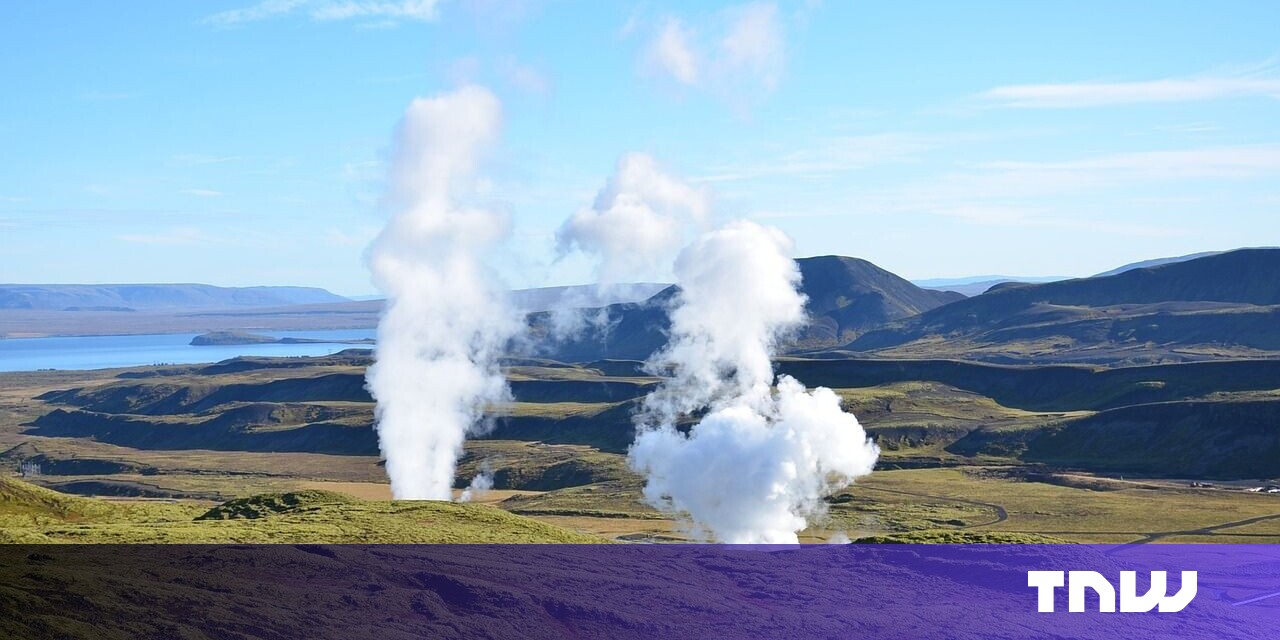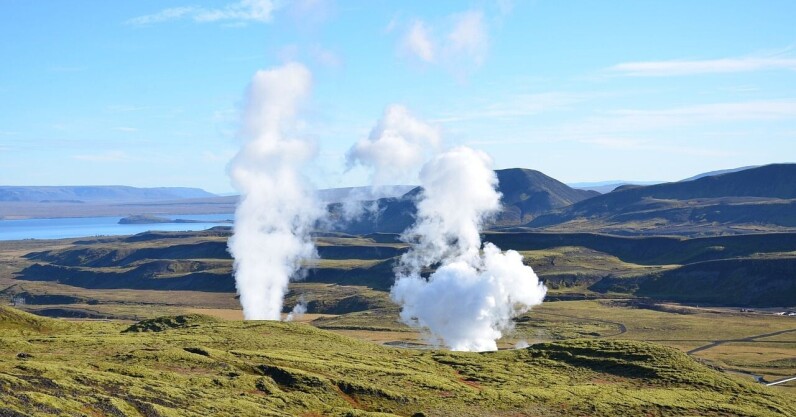Europe must warm up to geothermal before it’s too late


While Europe races to phase out fossil fuels and electrify everything from cars to heating systems, it’s turning a blind eye to a reliable and proven source of clean energy lying right beneath our feet.
Geothermal energy offers exactly what the continent needs most: clean, local, always-on power. Yet, it only accounted for 0.2% of power generation on the continent in 2024. Something needs to change.
The recent blackout in Spain, triggered by a failure in the high-voltage grid, serves as a warning shot. While solar and wind are vital pillars of decarbonisation, they’re variable by nature. Without steady, around-the-clock sources of electricity, Europe risks swapping one form of energy insecurity for another.
A much bigger wake-up call came in 2022 when Russia launched a full-scale invasion of Ukraine. For years, European governments had built an energy system dependent on imports of natural gas. When that stack of cards shattered, it triggered an energy crisis that exposed the vulnerable underbelly of Europe’s power system.
Pernilla Sjöholm, the Tinder Swindler Survivor on stage at TNW Conference 2025
Hear her story and how she developed a startup to prevent scams and fraud using technology on June 19.
The answer to these problems lies, in part, a few kilometres underground. According to the International Energy Agency, geothermal energy has the potential to power the planet 150 times over. But it’s not just about electricity — geothermal can also deliver clean, reliable heat. That makes it especially valuable in Europe, where millions of homes already rely on radiators and district heating systems, many of them still powered by natural gas.
Geothermal plants also come with a smaller footprint. They require far less land than an equivalent solar farm or wind park. What’s more, the materials and infrastructure needed to build them — like drilling rigs and turbines — can be largely sourced locally. That’s a sharp contrast to solar panels and batteries, most of which are imported from China.
Geothermal energy is not theoretical. It doesn’t require scientific breakthroughs. We’ve been drilling wells and extracting energy from the Earth for centuries. The know-how exists, and so does the workforce.
Decades of oil and gas exploration have built a deep bench of geologists, drillers, reservoir engineers, and project managers. Instead of letting this expertise fade, we can redeploy it to build geothermal plants. The infrastructure, such as drilling rigs, can also be repurposed for a cleaner cause. Geothermal could be the ultimate redemption arc for oil and gas.
Sure, drilling deep isn’t cheap — yet. But a new crop of startups is rewriting the playbook. Armed with everything from plasma pulse drills to giant radiators, these companies could finally crack the cost barrier — and make geothermal available pretty much anywhere. Just as SpaceX disrupted a sclerotic rocket industry with its cheap launches, these startups are poised to succeed where the geothermal industry has failed.
All that’s missing is investment. While billions are being funnelled into high-risk technologies like fusion or nuclear fission reactors, funding for geothermal tech is minuscule in comparison, especially in Europe. Yet, unlike those technologies, geothermal is ready right now.
If Europe wants to achieve climate neutrality and energy sovereignty, it must stop ignoring geothermal. We need bold investment, regulatory reform, and a clear signal to industry: don’t let geothermal become a forgotten renewable.
Grid failures, missed climate targets, deeper energy dependence — these are the risks Europe faces. It’s time to start drilling, before it’s too late.
Want to discover the next big thing in tech? Then take a trip to TNW Conference, where thousands of founders, investors, and corporate innovators will share their ideas. The event takes place on June 19–20 in Amsterdam and tickets are on sale now. Use the code TNWXMEDIA2025 at the checkout to get 30% off.
If you liked the article, do not forget to share it with your friends. Follow us on Google News too, click on the star and choose us from your favorites.
If you want to read more like this article, you can visit our Technology category.